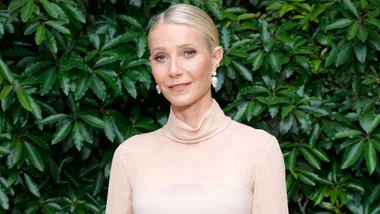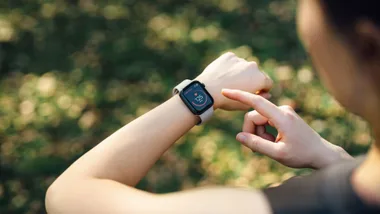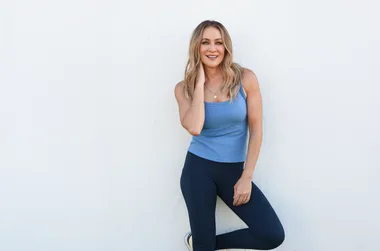Popster Kylie Minogue has done it.
So have megastar Olivia Newton-John and legendary athlete Raelene Boyle.
These celebrities, like thousands of other Australians, have battled breast cancer.
Each year in Australia, about 13,000 women are diagnosed with breast cancer, and it’s now well understood that detecting breast cancer early provides the best chance of surviving the disease.
Here, the National Breast and Ovarian Cancer Centre (NBOCC) provides a vital guide to what women of different ages can do to find breast cancer early.
Be aware of the normal look and feel of your breasts and see your GP without delay if you notice any breast changes that are new or unusual for you (see “All about breast changes” below). It’s never too early to start being breast-aware and it’s great to develop these habits for life.
Regular screening mammograms are not recommended for you. Younger women have denser breasts than older women. This means it is very difficult to see any early signs of breast cancer on a mammogram of a younger woman’s breast. Generally, breasts become less dense as women get older, particularly after menopause.
Be aware of the normal look and feel of your breasts and see your GP without delay if you notice any breast changes that are new or unusual for you.
BreastScreen Australia* offers free screening mammograms every two years for women aged 40 years and over. You should be aware, however, that mammograms are not as effective for women in the 40-49 year age group as they are for older women because your breasts are denser than those in older women. Talk to your doctor about whether screening mammograms are suitable for you.
Be aware of the normal look and feel of your breasts and see your GP without delay if you notice any breast changes that are new or unusual for you, even if you are having regular mammograms.
It is recommended that you have a screening mammogram every two years. This is the age group in which the benefit of screening mammography has been shown to be the greatest. Mammograms are available free of charge through BreastScreen Australia.
Be aware of the normal look and feel of your breasts and see your GP without delay if you notice any breast changes that are new or unusual for you, even if you are having regular mammograms.
BreastScreen Australia offers free screening mammograms every two years for women aged 70 years and older. Whether you attend will depend on your general health and other prevailing diseases or conditions. Talk to your doctor about the possible benefits of screening mammography for you.
For more information about screening mammograms or to make an appointment, call BreastScreen Australia on 13 20 50.
a new lump or lumpiness, especially if it’s only in one breast
a change in the size or shape of your breast
a change to the nipple, such as crusting, ulcers, redness or inversion
a nipple discharge that occurs without squeezing
a change in the skin of your breast such as redness or dimpling
an unusual pain in and around your breast that doesn’t go away.
If you find a breast change that is new or unusual for you, see your GP without delay.
There is more information about breast health on the National Breast and Ovarian Cancer Centre website.










